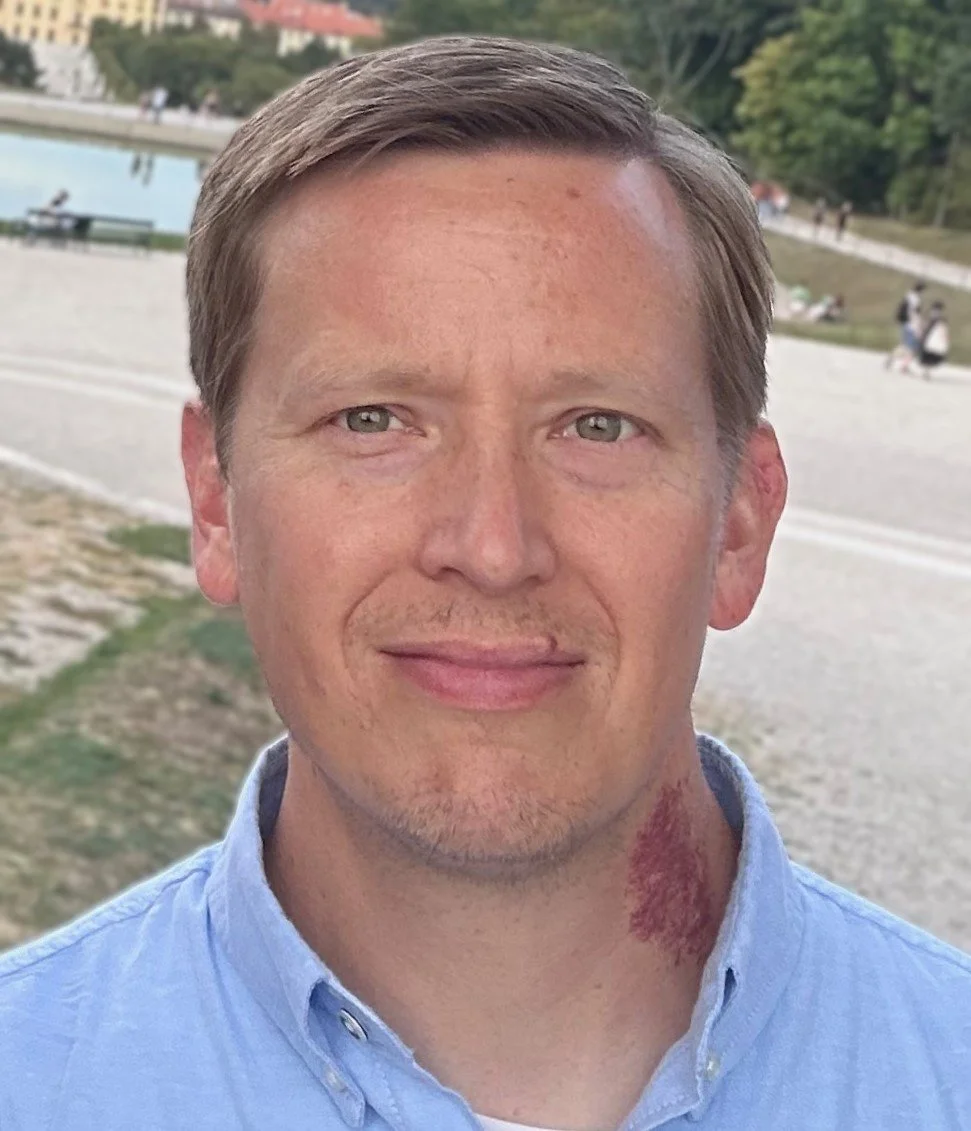Upper Cretaceous Source Rocks in Western Colorado: USGS Candy Lane 1 Drill Core and More
Justin E. Birdwell-U.S. Geological Survey, Central Energy Resources Science Center
Abstract:
In November 2005, the U.S. Geological Survey (USGS) and collaborators collected the USGS Candy Lane 1 (CL-1) core in Montrose County, Colorado. The ~540-ft cored interval contains members of the Upper Cretaceous Carlile Shale and Mancos Shale, including a partial interval of the upper Cenomanian Bridge Creek Limestone. The Turonian age Fairport, Blue Hill, Juana Lopez, and Montezuma Valley Members are present, as well as the lower Coniacian Niobrara Member. Since its collection, a variety of characterization studies have been conducted to better understand the source rock potential and depositional setting of various intervals within the sedimentary package deposited in the Cretaceous Western Interior Seaway (KWIS). Detailed biostratigraphy work on the core provides age control based primarily on fossils of molluscan species while a stable isotope curve (δ13Corg, ‰) provides organic matter (OM) source information for the Turonian interval. Geochemical and mineralogical datasets were compiled from recently collected measurements (total organic carbon, TOC; programmed temperature pyrolysis, PTP; and major and trace element chemistry) and data available from the USGS Core Research Center (X-ray diffraction mineralogy and additional TOC and PTP values).
Integration of these datasets provides insights into the paleoenvironmental conditions that resulted in petroleum source rocks of varying hydrocarbon-generating potential being deposited in this area of the KWIS. The low Tmax (~430°C) and production index (<0.05) values indicate that the OM throughout the core is thermally immature for hydrocarbon generation. Organic richness is greatest in the Juana Lopez Member, with TOC content ranging from 3 to 4 wt. %. The remaining units show lower TOC values, typically less than 2 wt. %, with one exception in the Fairport Member that reaches 4 wt. %. Hydrogen index values in the Juana Lopez and Fairport Members average 430 and 340 mg HC/g TOC, respectively, but are ≤210 mg HC/g TOC in the rest of the core. Bulk organic geochemistry and δ13Corg data indicate the OM is dominantly marine sourced in the Juana Lopez Member, but mixed signatures in the other members are indicative of terrigenous OM input. Concentrations of redox-sensitive trace elements and sulfur-to-iron ratios indicate anoxia during deposition of the Juana Lopez Member, but conditions were more oxic prior to and after this time. Detrital inputs were likely consistent throughout the late Cenomanian to early Coniacian in this location based on the roughly invariant Ti/Al and light-to-heavy rare earth element ratios. Mineralogy and major element data show that the units below the Montezuma Valley Member are dominated by clay minerals and quartz. The shallower intervals contain more carbonate, particularly the Niobrara, with concentrations up to 55 wt. %. The geochemical features observed in the CL-1 core are consistent with the available paleoenvironmental reconstructions.
Bio
Justin Birdwell is a Supervisory Research Environmental Engineer and geochemist with the U.S. Geological Survey Central Energy Resources Science Center in Denver, Colorado. He is a graduate of Louisiana State University in Baton Rouge, earning B.S. and Ph.D. degrees in chemical engineering in 2002 and 2007. After a brief stint as a Research Associate at LSU, Justin joined the USGS as a Mendenhall Research Fellow in 2009 researching the resource potential and environmental impact of developing oil shale resources in Colorado, Utah, and Wyoming. After spending the last 15 years contributing to petroleum resource assessments and source rock geochemical studies, his research shifted focus to the evaluation of geothermal resources in sedimentary basins and thermal energy storage prospects. He is currently the project chief of the USGS Energy Resources Program’s Geothermal Resources Investigations Project. Justin has served as president of the AAPG Energy Minerals Division, chair of the GSA Energy Geology Division, and is a former Executive Editor of RMAG’s The Mountain Geologist. He is currently an Associate Editor for AAPG Bulletin and on the Editorial Boards of the International Journal of Coal Geology and Scientific Reports.
Registration is Open, Click the Dunes!
This is an in-person and online event!
The cost is $30.00 for current members and $40.00 for non-members. Web only Zoom registration is $10.00 ($5.00 for students). Unemployed individuals may sign up for lunch for just $20.00. Students may sign up for lunch for $20.00. Persons who do not wish to have lunch are welcome for a $20.00 fee. Walk-ins may purchase a lunch for the standard fees ($30.00 or $40.00) although quantities are limited. Walk-ins without a lunch are charged a $15.00 fee.
Please submit reservations by 10:00 a.m. the Friday before the talk.
Reservations may be secured online or by e-mail at information@rmssepm.org



